
-
2,4-dichloroaniline
CAS No.: 554-00-7 Formula: C6H5Cl2N Molecular Weight: 162.01700Search Suppliers
-
2,4-dichloroaniline
CAS No.:554-00-7
Formula:C6H5Cl2N
Molecular Weight: 162.01700
Basic Info
Chemical Name |
2,4-dichloroaniline |
|---|---|
Synonyms |
2,4-di-Cl-aniline; 2,4-Dichloroaniline; 2,4-dichloro-phenylamine; 2,4-dichloro; Benzenamine, 2,4-dichloro-; 2,4-dca; 1-Amino-2,4-dichlorobenzene; 2,4-dichloro-anilin; 2,4-Dichloranilin; 1,5-dichloro-4-aminobenzene; 2,4-dichloro-aniline; AURORA KA-688; o,p-Dichloroaniline; 4-Dichloroaniline; Expand |
CAS No. |
554-00-7 |
Molecular Formula |
C6H5Cl2N |
Molecular Weight |
162.01700 |
PSA |
26.02000 |
LogP |
3.15680 |
Numbering system
| MDL number | MFCD00007661 |
|---|
Properties
Appearance & Physical State |
Beige crystals. |
|---|---|
Density |
1.567 |
Boiling Point |
242ºC |
Melting Point |
59-63ºC |
Flash Point |
115ºC |
Refractive Index |
1.613 |
Water Solubility |
Insoluble, |
Stability |
Stable under normal temperatures and pressures. |
Storage Condition |
0-6ºC |
Safety Info
RTECS |
BX2600000 |
|---|---|
Hazard Class |
6.1 |
Safety Statements |
S28-S36/37-S45-S60-S61 |
HS Code |
2921499090 |
WGK Germany |
3 |
Packing Group |
II |
RIDADR |
UN 3442 |
Risk Statements |
R23/24/25; R33; R50/53 |
Hazard Codes |
T; N |
Synthesis Route
Total 55 Documents >>Precursor
Total 44 Documents >>
Other items you might be interested in

-
CAS No.: 112945-52-5
Silica, fumed

-
CAS No.: 33069-62-4
Paclitaxel

-
CAS No.: 11021-13-9
Ginsenoside Rb2

-
CAS No.: 26328-04-1
Cinepazide maleate

-
CAS No.: 501-36-0
Resveratrol

-
CAS No.: 21645-51-2
Aluminium hydroxide
- Precursor:
- 2,4-dichlorophenol N-(4-chlorophenyl)-O-pivaloylhydroxylamine tert-butyl N-(2,4-dichlorophenyl)carbamate N-(2,4-dichlorophenyl)acetamide 4-chloroaniline 2,2',4,4'-Tetrachloroazobenzene 1-azido-2,4-dichlorobenzene 2-(2,4-dichlorophenoxy)propanamide 2,4-Dichloronitrobenzene
- Product:
- 2,4-Dichloro-5-nitroaniline N-Methyl 2,4-dichloroaniline 2,2',4-Trichlorobiphenyl 2,4-dichlorobenzoic acid 1,5-Dichloro-2,4-dinitrobenzene 2-(5-Amino-2,4-dichlorophenyl)-4-(difluoromethyl)-5-methyl-2,4-di hydro-3H-1,2,4-triazol-3-one 2,4-Dichlorophenylhydrazine hydrochloride 1,2-dichloro-4-(2,4-dichlorophenyl)benzene 2,4-dichloro-N,N-dimethylaniline 2,2',4,5'-Tetrachlorobiphenyl








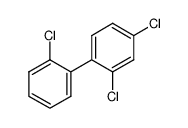
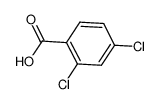
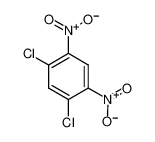
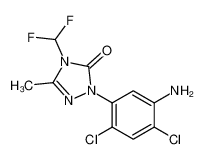








-
-

-
-
-

-
-
-
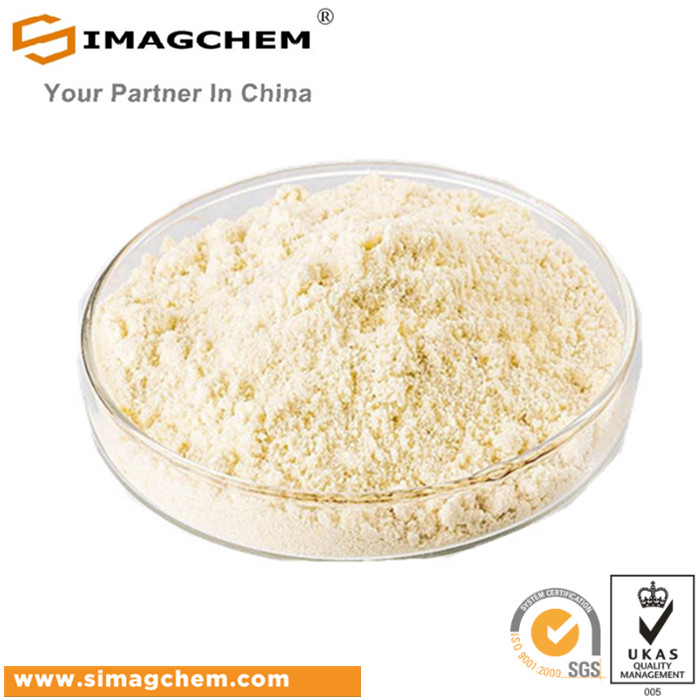
-
-
-

-
-
-

-
-
-

-
-
-

-
-
-

-
-
-
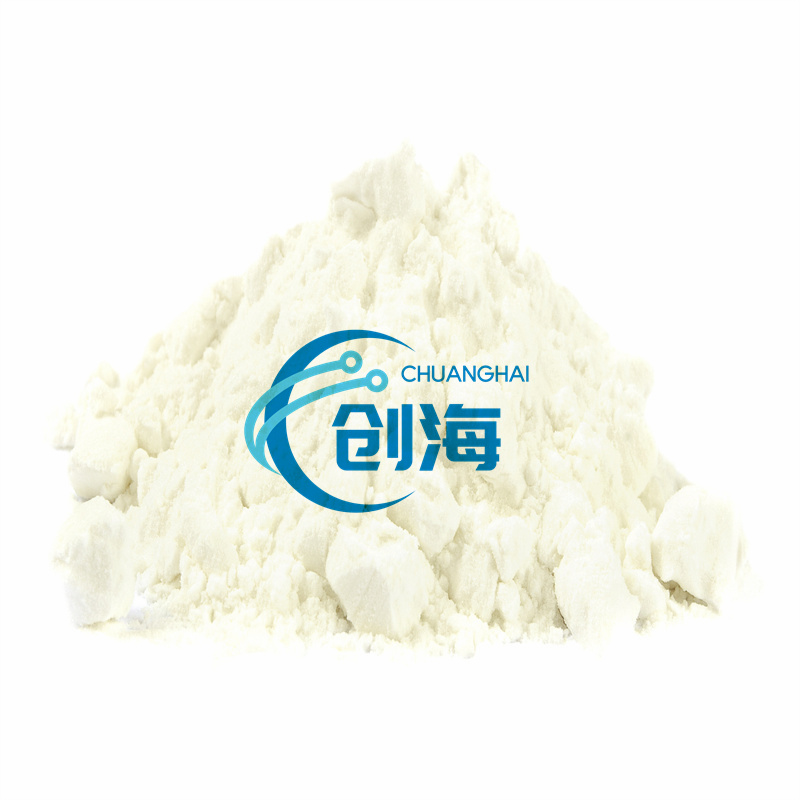
-
-
-

-
More Suppliers>>Wenzhou Win-Win Chemical Co., Ltd.
CHINA
Purity: 97%
Lead Time: 7 Day(s)
Price: -
Hangzhou J&H Chemical Co., Ltd.
CHINA
Purity: 98%
Lead Time: 7 Day(s)
Price: -
Xiamen Zhixin Chemical Co., Ltd.
CHINA
Purity: 99%
Lead Time: 3 Day(s)
Price: -
CHINA
Purity: 99%
Lead Time: 14 Day(s)
Price: -
Hangzhou DayangChem Co., Ltd
CHINA
Purity: 98%
Lead Time: 7 Day(s)
Price: -
Skyrun Industrial Co., Limited
CHINA
Purity: 99%
Lead Time: 7 Day(s)
Price: -
Shanghai darui finechem co.,ltd
CHINA
Purity: 98%
Lead Time: 1 Day(s)
Price: -
Hangzhou Bingochem Co., Ltd.
CHINA
Purity: 98%
Lead Time: 7 Day(s)
Price: -
CHINA
Purity: 99%min%
Lead Time: 3 Day(s)
Price: -
Shanghai Civic Chemical Technology Co., Ltd.
CHINA
Purity: 97+%
Lead Time: 7 Day(s)
Price: Min $96 /g